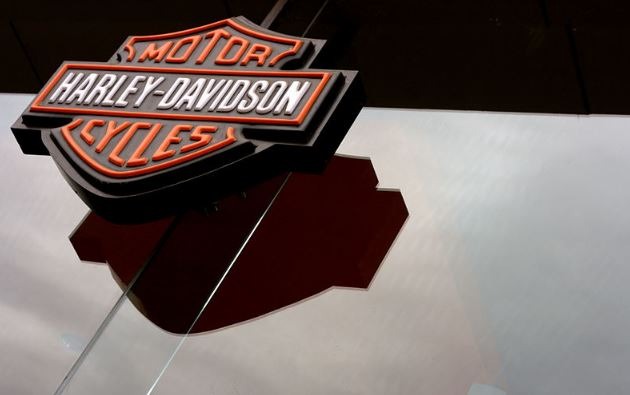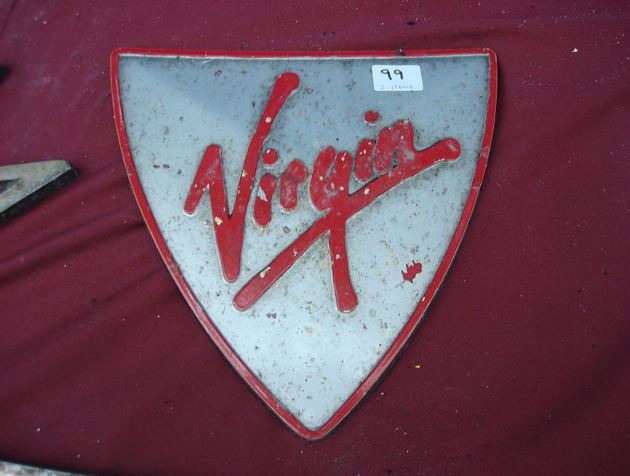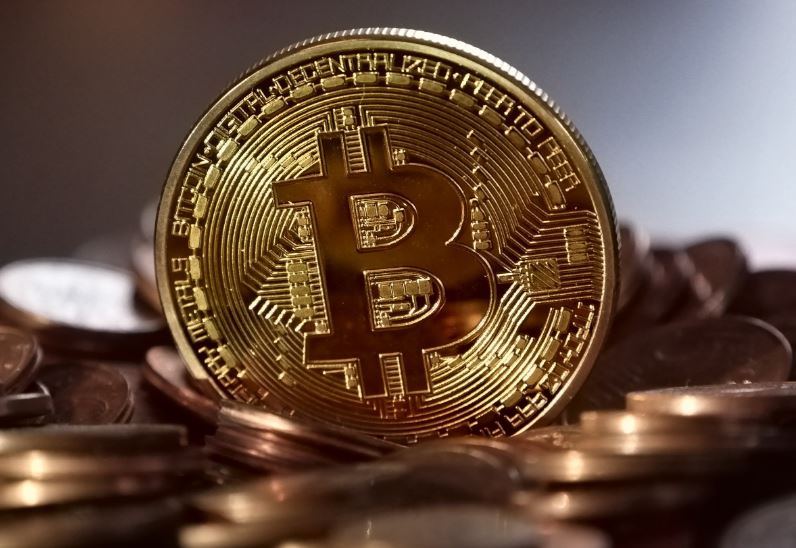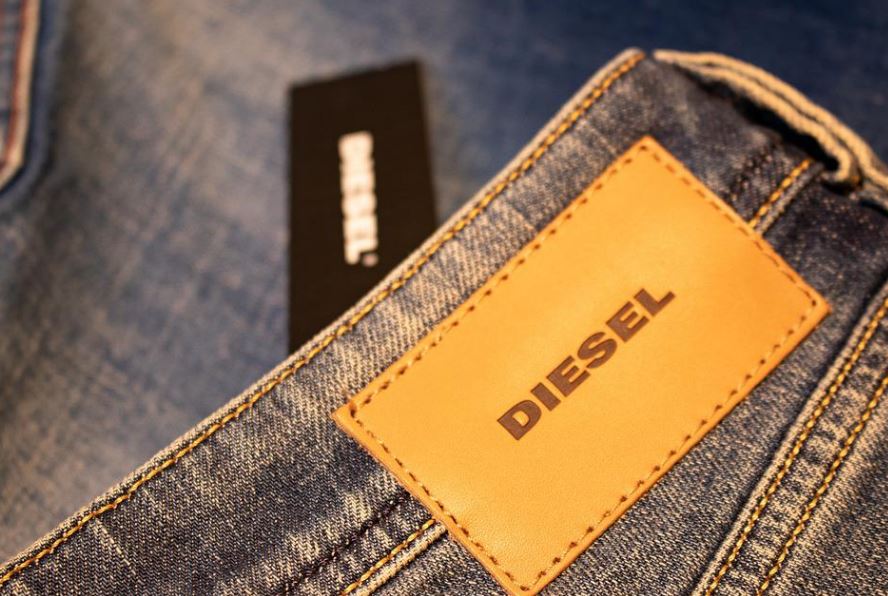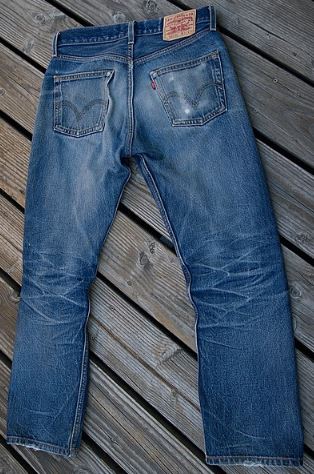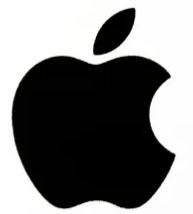All people have a wild side, and the outlaw brand archetype taps into our desire for non-conformity. This archetype for brands includes those who want to stand out against the traditional, mainstream, and “boring” competitors in their category. These brands denounce the normalized and accepted, creating a disruption in their category when they see that the system, tool, or practice being used isn’t working anymore.
To live out this archetype, the business must be radical, shocking, risk-taking, liberated, and countercultural. However, there’s the potential to be fueled by negativity and anger. The outlaw must avoid that so as not to overstep too many boundaries in its desire for reform that it becomes very offensive.
What is the Outlaw Brand Archetype?
Outlaw is one of the main archetypes that entices people with the forbidden fruit. This form of marketing denounces the normalized, the accepted, and the status quo for something, using disruption as their tool.
An outlaw wants to be a revolutionary and isn’t afraid to deviate from the norm and shake things up, whether for personal gain or for the good of others. The outlaw is a countercultural force that is capable of releasing society’s taboos by tapping into the shadowy part of human nature. Examples of fictional and real-life outlaw archetypes include Robin Hood, Zorro, MTV, Malcolm X, Lex Luthor, Batman, Howard Stern, and Miley Cyrus.
This archetype is ideal for brands that allow customers to express their unorthodox desires and personalities. Outlaw brands use marketing to show they are willing to take risks.
The outlaw archetype’s motto is “Rules are meant to be broken.” The brands with this archetype use rebellious, disruptive, revolutionary, bold, or combative tones of voice in their branding. They are usually associated with boldness, confidence, adventure, and excitement. By doing so, they are leaving their customers and consumers feeling free and enthusiastic.
Outlaw brands can either topple an oppressive system or reinforce questionable moral values. Their marketing emphasizes risk-taking and departure from the status quo. This can be achieved by imagery and ads that are either dark, destructive, bold, or revolutionary. They often give off an element of shock value, whether extreme or just a clever or unexpected joke.
On its positive end, the outlaw makes others uncomfortable with the norm in hopes of evoking change. For example, many civil rights activists engaged in peaceful rallies, yet they are still examples of the outlaw archetype in action. Meanwhile, towards its negative end, the outlaw archetype is provoked to anger when encountering personal offense.
The Outlaw Archetype Family
The outlaw archetype’s family includes activist, gambler, maverick, and reformer. These aspects of the outlaw brand archetype can emerge based on the strength of different attributes. These are the other four outlaw archetypes:
1. Activist
The activist fights for a cause, aiming to radically transform some social, political, or economic structure. They believe in the power of the people to affect change, and they seek to rally others behind its cause.
2. Gambler
The gambler archetype thrives on risk. Though they are willing to bet anything (which leads to compulsion and addiction), they are socially adept and have good instincts.
3. Maverick
The maverick is a free-thinker that rejects labels and societal constraints. They are independent, intellectual, aggressive, and fearless.
4. Reformer
The reformer’s way of affecting change is a little more calculated and understated than the maverick. They seek to find ways to improve the system from the inside rather than destroy it completely.
Businesses Using the Outlaw Brand Archetype
These are the best examples of brands that apply the outlaw archetype to their brand strategy:
1. Harley-Davidson
Harley-Davidson is the quintessential outlaw brand. The American motorcycle company perfectly embodies the outlaw persona and appeals to the audience’s inner rebelliousness. The slogan, “Screw it. Let’s ride,” represents liberation from society’s constraints. They inspire their audience to break away from their repetitive daily lives and experience the thrill of the outdoors.
2. Virgin
Virgin is a British multinational venture capital conglomerate that spans multiple sectors. With the slogan, “Insatiable curiosity. Smart disruption,” the company fits in the outlaw archetype because they are known for pushing the boundaries of what is possible, challenging the status quo, and shaking the market while advocating for the planet and the people. Their brand conveys a maverick spirit that is echoed in their distinct core values: innovation, consumer champion, and anti-establishment.
3. MTV
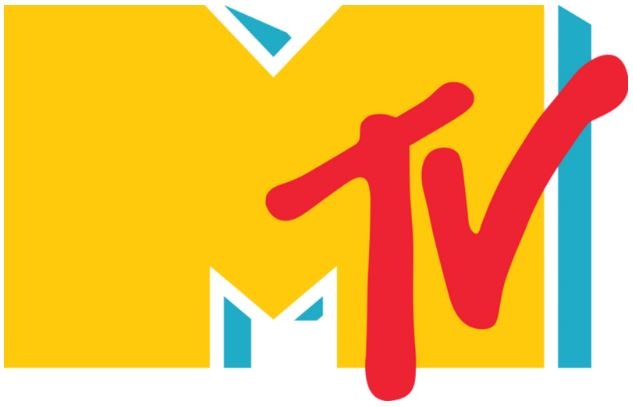
4. Bitcoin
Bitcoin offers a completely unorthodox form of money, which is a perfect example of the outlaw archetype. Its story is centered around a movement to correct the wrongs of centralized finance, and the founder embarked on a journey to solve it. The company also lacks a centralized chief marketing officer or brand owner – it’s molded by a large number of technologists, foundation members, investors, thought leaders, innovators, miners, commentators, and more. Bitcoin as a brand is a beacon of boldness and liberation, as it independently operates from central banks or governments.
5. Diesel Jeans
Diesel Jeans is another brand that uses the outlaw archetype. This Italian retail clothing company sells denim, footwear, and accessories. Diesel Jeans broke the stereotype by making a series of ads that urged customers to act foolishly because being smart is so mainstream. The brand promises to entertain and introduce customers to new and experimental experiences.
6. Levi Strauss
The American clothing company known for its jeans, Levi Strauss, is an outlaw brand. They always showcase their superior and authentic quality products. The brand epitomizes the classic American style and effortless cool and is an emblem of a pioneering spirit. Levi’s are free-thinkers who reject labels and restrictions.
7. Apple
Apple is a multinational tech company that specializes in electronics and computer software. It’s an outlaw brand in the sense that it changed the rules of the game, and even the game itself, producing different kinds of computer software and completely different mobile phones. The company successfully connected with its audience by sharing its desire to push boundaries in the tech world.
8. Uber
Uber is an app-based transportation platform known for pioneering the ride-hailing business. Their slogan, “Move the way you want,” speaks of classic outlaw behavior. The company has experienced ups and downs and has rebranded to shed off its formerly “hostile” public perception. But no doubt, it was successful in starting up something different.
9. PayPal
While some may argue that there are more revolutionary forms of e-commerce nowadays, PayPal was still the original innovator in digital payments. Nonetheless, it positions itself as the new money in town in a strong outlaw fashion. PayPal’s mission statement is “to democratize financial services to ensure that everyone, regardless of background or economic standing, has access to affordable, convenient, and secure products and services to take control of their financial lives.”


